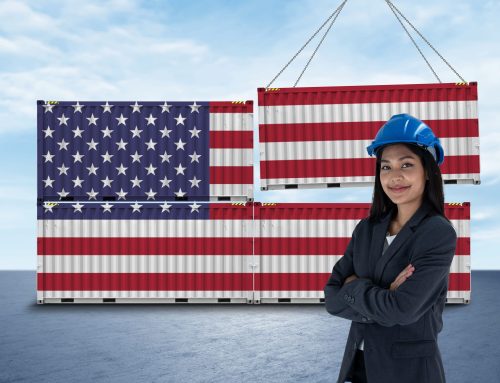Tariffs are here to stay, and they’re not going away anytime soon. The extra costs for U.S. businesses importing from overseas, especially from China, can feel like a blow to your bottom line. Many importers underestimate their negotiating power; strategic discussions can help mitigate costs.
This guide explains exactly how to have those tariff talks, what to ask for, how to position your request, and what to avoid. Whether you’re importing furniture, electronics, textiles, or components, you can take control of your costs. And it starts with a conversation.
Why These Conversations Matter
Let’s face it: if your costs go up 15–25% due to tariffs, you have limited choices:
- Eat the costs (and shrink your margin)
- Pass them onto customers (and risk losing business)
- Find a new supplier (and face switching risks)
- Negotiate smarter with your current supplier
That last option? It’s often the fastest, most cost-effective route.
Step 1: Know Your Numbers Before You Negotiate
Before you email or call your supplier, get your facts straight:
- HS Code Classification: Double-check that your goods are correctly classified. One digit off could trigger unnecessary duties
- Current Duty Rates: Know the exact percentage being applied
- Landed Cost Breakdown: Understand your full cost per unit (including freight, duties, brokerage, and insurance)
- Tariff Impact: Calculate exactly how much extra you’re paying due to current tariffs
Related Read: U.S.–China Tariffs Explained: What Importers Need to Know in 2025
Step 2: Position Tariffs as a Shared Problem
The key is to approach the issue collaboratively:
“Due to new U.S. tariffs on this category, our costs have risen significantly. We’re looking at solutions to remain competitive and maintain our volumes. Can we work together on this?”
This approach creates a problem-solving mindset. Most suppliers don’t want to lose steady customers; they’ll listen.
Step 3: Request One or More of the Following
Cost Adjustments
Ask for a price reduction to offset some or all of the tariff increase.
Volume-Based Discounts
Suggest discounts for larger orders if reducing the unit price outright isn’t possible.
Shared Logistics Costs
Some suppliers may help subsidize freight costs (especially when shipping FCL).
Change in Country of Origin (COO)
If your supplier has facilities outside tariff-affected countries, consider sourcing from those locations. Ensure compliance with all legal and regulatory requirements when changing the COO.
Step 4: Offer Something in Return
Negotiation is a two-way street. If you’re asking for price relief, offer:
- Longer-term contracts
- Increased order frequency
- Faster payment terms
- Exclusive rights (e.g., exclusive distribution rights in a specific region, if applicable)
This shows you’re invested in the relationship and willing to grow together.
Step 5: Put It in Writing
Once you and your supplier agree to new terms, especially on cost-sharing or shipping responsibilities, clearly document them:
- Update the purchase order
- Revise payment terms
- Confirm Incoterms (e.g., FOB, DDP, EXW)
Step 6: Stay Informed
Tariff policy changes quickly. Stay updated on:
- USTR announcements and Section 301 updates
- Exclusion renewals and reinstatements
- Trade talks between the U.S. and major partners
Pro Tips from Clearit USA
- Use a customs broker: They can advise whether your product qualifies for tariff exclusions or drawback claims.
- Diversify sourcing: If your supplier can’t budge, it might be time to explore other markets.
- Build stronger vendor partnerships: Suppliers who see you as a long-term partner are more willing to make concessions.
Conclusion
You don’t have to absorb every tariff increase. You can preserve margins, stabilize pricing, and protect your business with the proper negotiation approach.
Need help navigating tariffs or reviewing HS codes?
Clearit USA offers fast, reliable customs support with thoughtful, strategic insight. Let’s make importing less expensive and less stressful.





